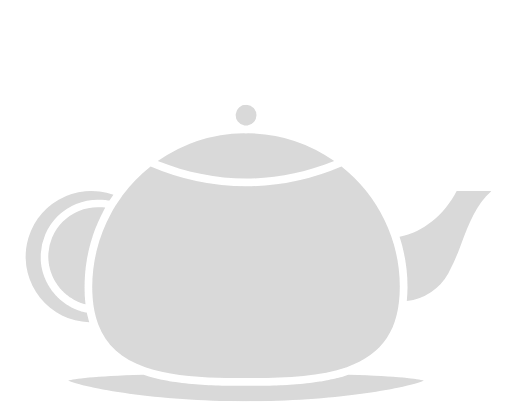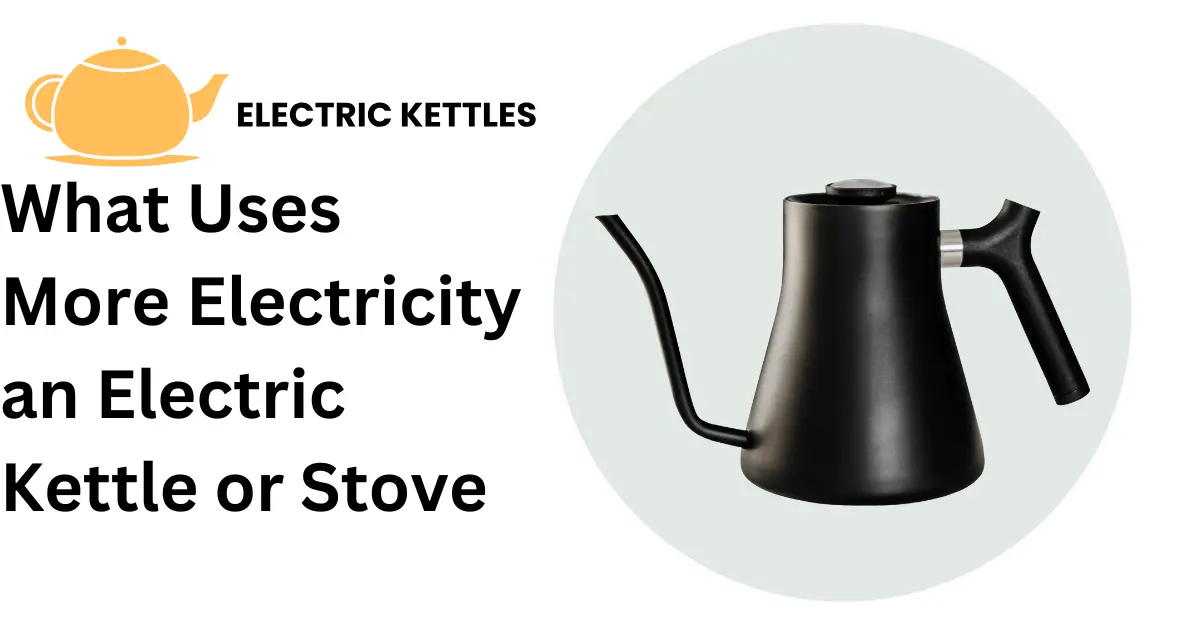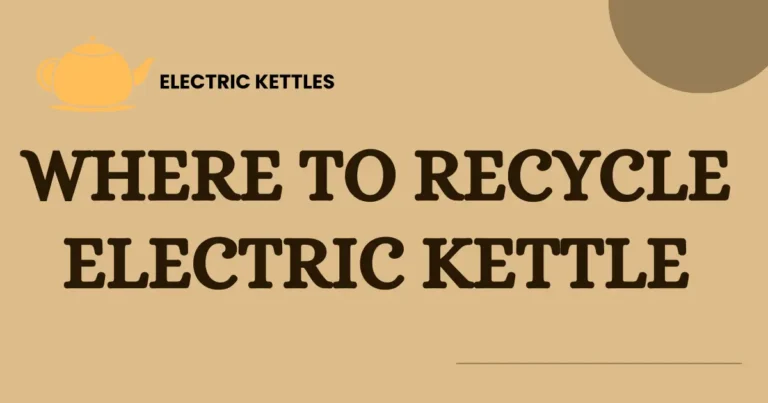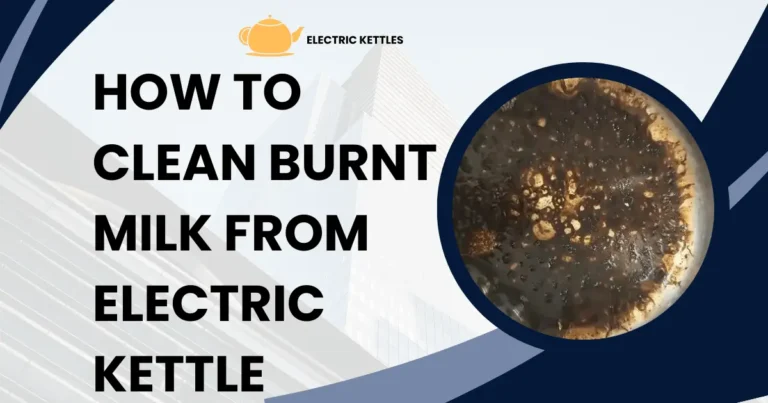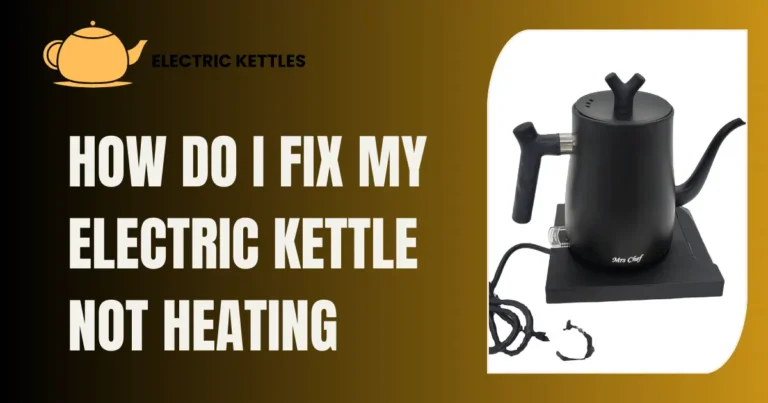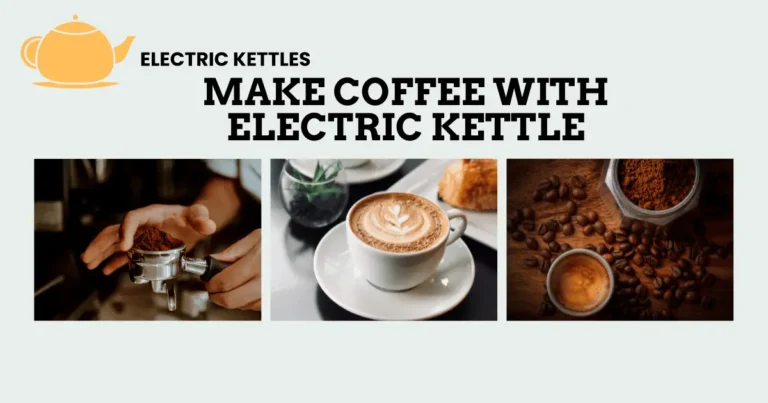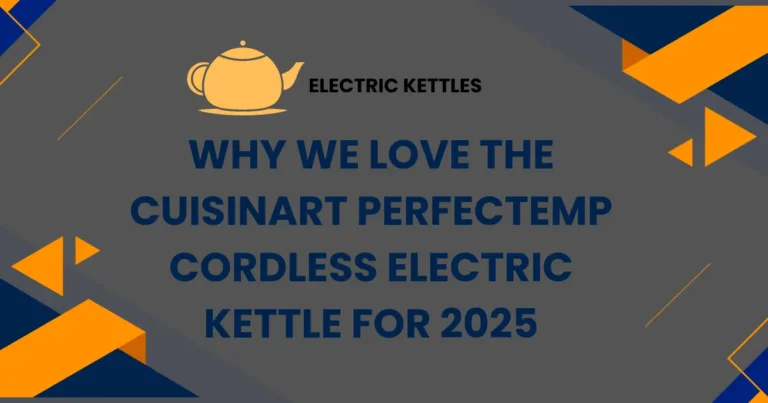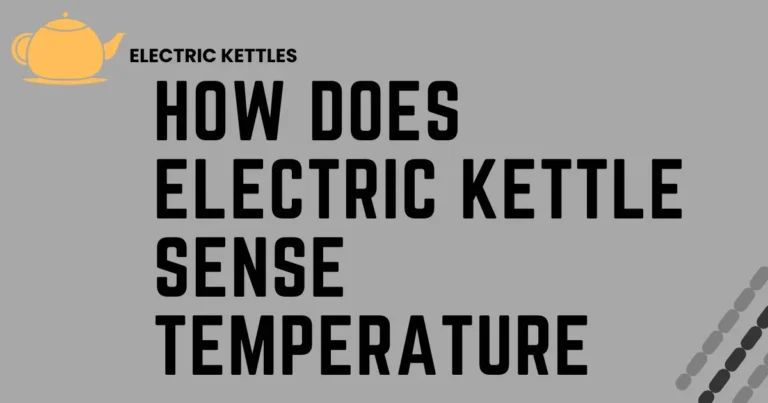What Uses More Electricity an Electric Kettle or Stove
Energy consumption refers to how much electricity appliances use while operating. It is essential to know this to make informed decisions about energy usage in our homes. Understanding how much energy different appliances consume helps us choose the most efficient options. This knowledge can lead to lower electricity bills and a smaller carbon footprint.
Knowing the energy use of electric kettles and stoves can help you save money. When you understand which appliance uses more energy, you can adjust your cooking habits. For example, using an electric kettle may be more efficient for boiling water than using a stove. Making small changes can add up to significant savings over time.
Table of Contents
How Electric Kettles Work
Electric kettles are designed to heat water quickly and efficiently. They typically use a heating element located at the bottom or inside the kettle. When you fill the kettle with water and turn it on, electricity flows to the heating element. This element then converts electrical energy into heat, warming the water.
The kettle usually has a thermostat that monitors the temperature of the water. Once the water reaches a boiling point, the thermostat will turn off the heating element automatically. This feature not only saves energy but also prevents the kettle from overheating or boiling dry.
Electric kettles are often more energy-efficient than stovetops. They heat water faster and lose less heat to the surrounding air. Their design and technology allow for quick boiling, making them a popular choice for making tea, coffee, or instant meals. Overall, electric kettles provide a convenient and efficient way to heat water.
How Stoves Work
Stoves are versatile cooking appliances that can come in different types, including electric, gas, and induction.
Electric Stoves
Electric stoves use electric coils or smooth glass-ceramic surfaces as heating elements. When electricity flows through the coils, they become hot and transfer heat to pots and pans placed on them. Electric stoves usually have settings to adjust the heat level, but they can take longer to heat up and cool down compared to gas models. Some modern electric stoves come with features like timers and digital controls for added convenience. Additionally, they often have smooth tops that are easier to clean but require special care to avoid scratching.
Gas Stoves
Gas stoves operate by burning natural gas or propane to create flames. When you turn on a burner, gas flows to the burner head and ignites, producing a visible flame. This direct heat allows for precise temperature control, making it easy to quickly adjust the flame intensity for different cooking tasks. Gas stoves can heat cookware rapidly, and many chefs prefer them for their responsiveness. They also require proper ventilation due to combustion gases, which is important for kitchen safety.
Induction Stoves
Induction stoves use electromagnetic energy to heat cookware directly instead of heating the burner. When you place compatible pots and pans, usually made of iron or steel, on the induction cooktop, the stove creates a magnetic field that generates heat in the cookware itself. This method is highly efficient, as very little heat is lost to the environment. Induction stoves also offer rapid heating and precise control, making them popular among home cooks and professional chefs alike. However, they can be more expensive and require specific cookware to function effectively.
You can also check Whether electric kettle better or stovetop.
Comparing Energy Usage
When comparing energy usage between electric kettles and stoves, it’s important to look at how much energy each appliance consumes during operation and how quickly they perform their tasks.
Average Energy Consumption of Electric Kettles
Electric kettles are designed for efficiency, typically using about 1,500 to 3,000 watts of power. They can boil water quickly, often within 3 to 5 minutes, depending on the amount of water and the kettle’s wattage. This rapid heating means that electric kettles generally consume less energy overall for boiling water compared to stoves, especially if you’re just heating water for tea or coffee.
Average Energy Consumption of Stoves
Stoves vary in energy consumption based on the type and size of the burners used. Electric stoves can consume around 1,000 to 3,000 watts per burner, while gas stoves have a different measurement. Gas usage is typically measured in BTUs (British Thermal Units), with burners averaging between 7,000 to 12,000 BTUs. Cooking on a stove can take longer than using an electric kettle, especially for boiling water, which can increase energy consumption.
Cost Analysis
In analyzing the cost of using electric kettles versus stoves, it’s essential to consider both the energy consumption and the average cost of electricity or gas.
Calculating Running Costs for Electric Kettles
Electric kettles typically use between 1,500 to 3,000 watts. To calculate the running cost, you can use the formula.
Cost = (Wattage x Time in hours) / 1,000 x Cost per kWh
For example, if you use a 2,000-watt kettle for 5 minutes (or 0.083 hours), the cost would be:
Cost = (2,000 x 0.083) / 1,000 x Cost per kWh
Assuming the cost of electricity is $0.13 per kWh, the running cost would be about $0.22 per use. Since kettles boil water quickly, their total cost can remain low, especially if you frequently boil small amounts of water.
Calculating Running Costs for Stoves
For gas stoves, the cost can be calculated based on the BTUs used. On average, a burner might use around 10,000 BTUs per hour. Converting BTUs to therms (1 therm = 100,000 BTUs) allows you to estimate costs. If natural gas costs about $1 per therm, running a gas burner for one hour would cost around $0.10. However, cooking times on stoves can vary significantly, often taking longer than boiling water in a kettle, leading to higher total costs for prolonged cooking sessions.
Conclusion
When comparing electric kettles and stoves, electric kettles generally use less energy for boiling water. They heat water quickly, usually in just a few minutes. This efficiency leads to lower electricity costs for tasks like making tea or instant meals. If you often boil water, an electric kettle is likely the better choice for saving energy and money.
On the other hand, stoves are versatile and can cook a variety of dishes. However, they tend to use more energy, especially if cooking takes a long time. The choice between the two depends on your cooking needs. For quick tasks, electric kettles are more efficient. For larger meals, a stove may be necessary.
